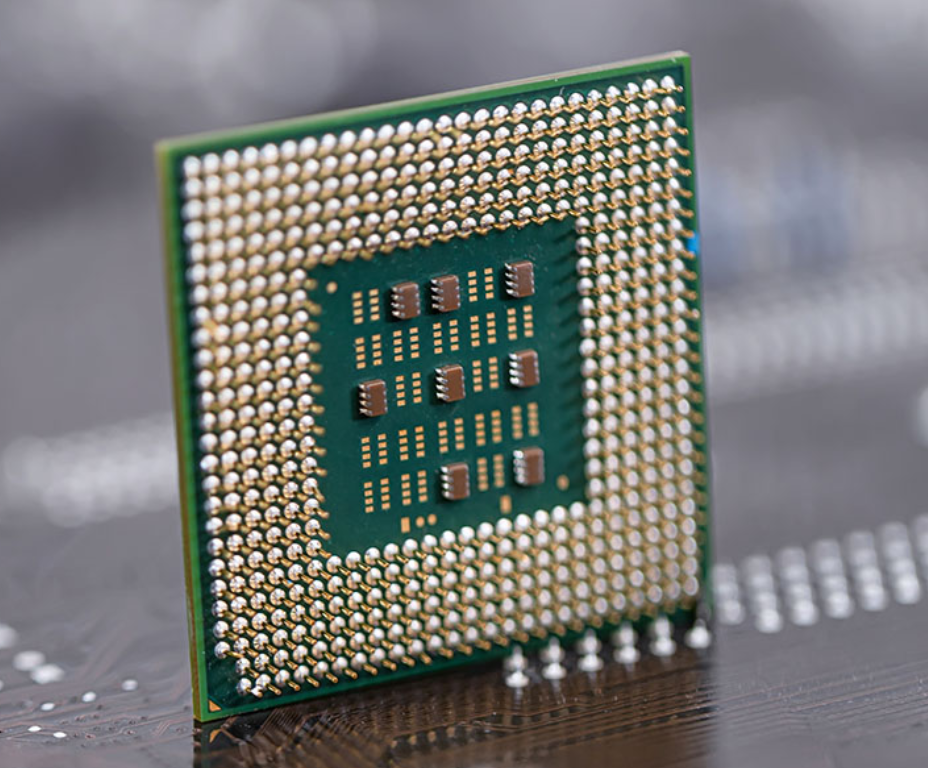Key Takeaways
- U.S. Trade Representative warns Southeast Asian semiconductor manufacturers to relocate production to the U.S. or face punitive tariffs.
- The EU selected STMicroelectronics to lead a consortium for a 300mm silicon photonics technology project through 2028.
- OpenAI and Nvidia announced a strategic partnership to deploy AI systems, with Nvidia investing up to $100 billion across multiple sites.
U.S. Trade Representative Jamieson Greer has issued a warning to Southeast Asian semiconductor manufacturers, urging them to shift production operations to the United States or risk facing new punitive tariffs. This announcement follows President Trump’s earlier suggestion of imposing a 100% tariff on imported chips. In response, countries like Malaysia are offering significant concessions and pledging purchases of U.S. goods in anticipation of Trump’s upcoming visit to Kuala Lumpur in October.
In the realm of immigration, SEMI Americas President Joe Stockunas announced a new $100,000 fee for H1-B visas, leading Silicon Valley companies to consider relocating jobs overseas.
In notable developments, the European Commission has chosen the STARLight consortium, spearheaded by STMicroelectronics, to enhance 300mm silicon photonics technology through 2028. The initiative unites 24 companies and universities from 11 countries, aiming to establish a high-volume manufacturing line for photonic integrated circuits geared toward applications in data centers, AI clusters, telecommunications, and the automotive sector.
imec has reported breakthroughs in single-patterning high-NA EUV lithography, achieving impressive results with 20nm pitch line structures. These advancements mark a significant milestone toward extending high-NA EUV technology for sub-2nm logic nodes, alongside a perfect electrical test yield for the structures presented at the SPIE Photomask Technology + EUV Lithography Conference.
On the topic of chiplets, the Open Compute Project released a draft proposal to establish an open framework for multi-vendor chiplet virtual prototyping, promoting industry-wide collaboration. Baya Systems showcased interoperability between its chiplet WeaveIP fabric and Tenstorrent’s RISC-V-based processor portfolio and joined Tenstorrent’s Open Chiplet Atlas Architecture initiative.
In data center advancements, OpenAI and Nvidia have formed a strategic partnership, with plans to deploy 10 gigawatts of Nvidia systems and an investment of up to $100 billion as each gigawatt is launched starting in H2 2026. Concurrently, OpenAI, Oracle, and SoftBank have announced five new U.S. AI data center locations, with projected costs for OpenAI’s endeavors possibly reaching $850 billion.
Additionally, Alibaba has unveiled plans for the establishment of multiple global data centers, aiming to integrate its cloud platform with Nvidia’s AI software stack. CSIS has pointed out that while AI technologies pressure the electric grid, they can also empower utilities and consumers to maximize efficiency and reduce costs.
TSMC held its Open Innovation Platform conference in Santa Clara, announcing collaborations with several companies such as Synopsys, Siemens EDA, and Cadence to enhance design workflows for advanced nodes in AI, high-speed communications, and more. The conference showcased various design flows supporting new technologies relevant to TSMC’s manufacturing processes, including substantial advancements in tapeouts for its 3nm process.
In other regions, Applied Materials and GlobalFoundries are collaborating on a waveguide fab in Singapore, while Synopsys has expanded with a new R&D facility in Bengaluru, India. Emerging semiconductor clusters are developing across India, marking significant governmental investments in technology sectors.
Finally, the automotive semiconductor market is projected to grow from $68 billion in 2024 to $132 billion by 2030, indicating rapid growth in various emerging applications. Recent innovations include a breakthrough in magnetic transistors and nitrogen-doped catalysts suitable for extreme conditions, highlighting ongoing research driving the sector forward.
This snapshot of the semiconductor industry showcases a dynamic landscape characterized by strategic partnerships, significant technological advancements, and an imperative shift toward local production and innovation.
The content above is a summary. For more details, see the source article.















